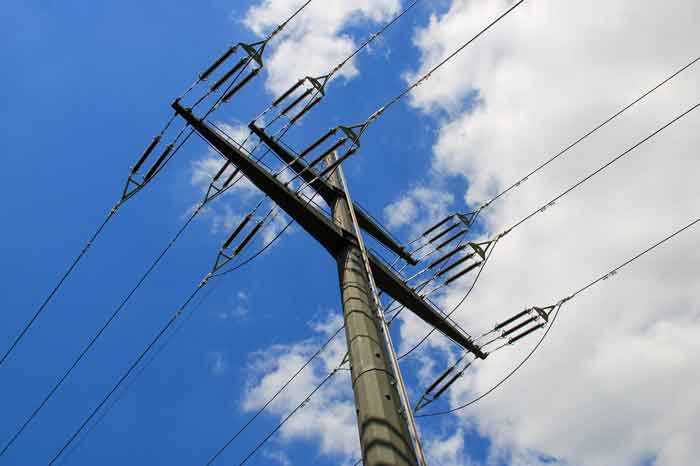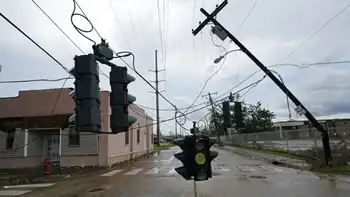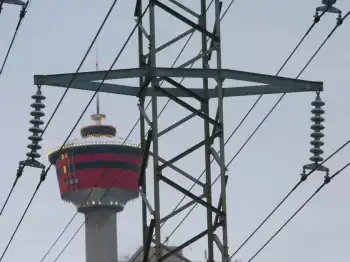Run-of-the-river power projects come under spotlight
By Globe and Mail
CSA Z463 Electrical Maintenance
Our customized live online or in‑person group training can be delivered to your staff at your location.

- Live Online
- 6 hours Instructor-led
- Group Training Available
The controversy over private run-of-the-river power projects, which generate electricity using naturally flowing water, provided a spark in the provincial election campaign. It's a rare day when the provincial NDP and Liberals want to talk about the same thing.
While Ms. James was in the air for two hours, researchers over at Liberal headquarters were firing off bulletins on the subject: details of conflicting NDP positions and even a poke at the airline that provided the flyover. (Harbour Air buys carbon credits to offset its greenhouse gas emissions - money that is invested in run-of-the-river projects.)
Opponents say the projects disrupt the natural flow of rivers. Ms. James said that at the three projects she toured "environmental protection isn't being looked after." Her party has promised, if elected on May 12, to impose a moratorium on new private power projects until after a full review of B.C.'s electricity needs.
She was joined on the tour by Rafe Mair, a high-profile opponent of the run-of-the-river projects. "Most of the electricity they produce will be of no use to British Columbia," he told reporters, because they produce mostly during the spring runoff when BC Hydro's reservoirs are already full. "The vast majority of electricity being created by these projects is going for export."
The NDP has not always opposed such projects. In 2000, the NDP government offered incentives to small independent hydro projects as a green energy alternative, and New Democratic MLAs have recently advocated for them.
Ms. James said the difference now is that a stampede seems to be on to propose new ones.
"You've never seen, until Gordon Campbell and the Liberals came in, the kind of gold rush that we are seeing right now in British Columbia when it comes to independent power projects," she said.
"We are talking about opening up the province, saying to companies, 'Come on in and take the resource away.'"
Barry Penner, the Environment Minister, said the projects are needed to help BC Hydro become self-sufficient once again. For seven of the past eight years, the Crown corporation has been a net importer of electricity.
He said the projects can help meet the province's target to reduce greenhouse gas emissions, but most applications don't make the cut. Since the Liberals took office in 2001, 61 run-of-the-river projects have been given a green light, while 154 proposals have been rejected or withdrawn.
The projects have divided prominent environmentalists. "There are a range of views, those that view global warming as a major threat versus those who are fighting other battles," Mr. Penner said.
BC Hydro has 84 electricity purchase agreements with run-of-the-river projects, and 47 of them are now operating.
Energy lawyer David Austin, who acts for the Independent Power Producers Association of B.C., noted that half of the projects now in service were initiated when the New Democrats were in office.
"In its attempt to regain being the government, the NDP has done a 180-degree reversal on this support," he said.
The NDP campaign flyover highlighted three projects. The Ashlu Creek development diverts water through a six-kilometre tunnel through three turbines before it runs back into the river. The Harrison Hydro project is set to be completed next year, while Mr. Penner shut down the proposed Upper Pitt project last year after a backlash.











